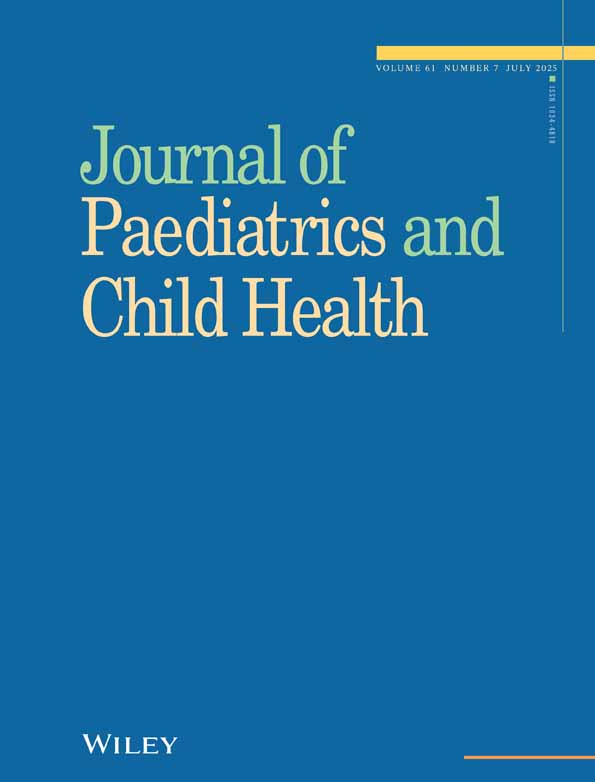A novel approach to monitoring adherence to preventive therapy for tuberculosis in adolescence
Abstract
Objectives: To evaluate the usefulness of a microelectronic tablet-dispenser for monitoring adherence to preventive therapy for tuberculosis infection in adolescents.
Methodology: Twenty-one patients with positive Mantoux tests were treated with isoniazid (INH), dispensed in a microelectronic tablet-dispenser that recorded the date, time and duration that the container was opened. Other measures of adherence included attendance at clinic, patient self-report, tablet count, and measurement of urinary INH metabolites.
Results: The mean adherence rates were: 83% using attendance at clinic, 91% using tablet counts, 79% using urine assays, and 66% using the electronic tablet-dispenser. Self-reporting appeared to over-estimate adherence.
Conclusions: Adherence to 6 months of INH calculated using different measures is higher in this study than in previous reports. Microelectronic tablet-dispensers are an effective method to objectively measure adherence on a daily basis. Other measures are less helpful.




